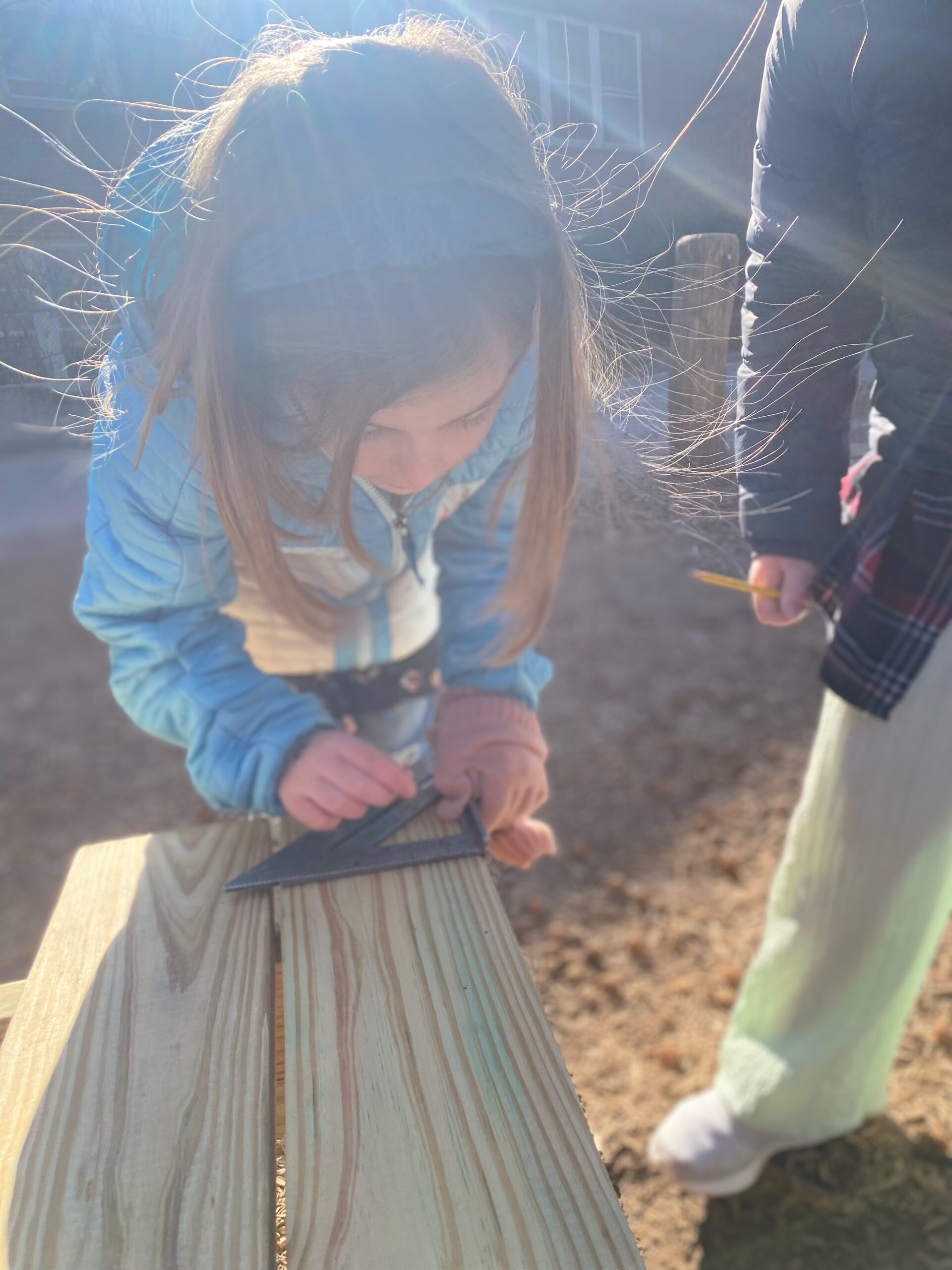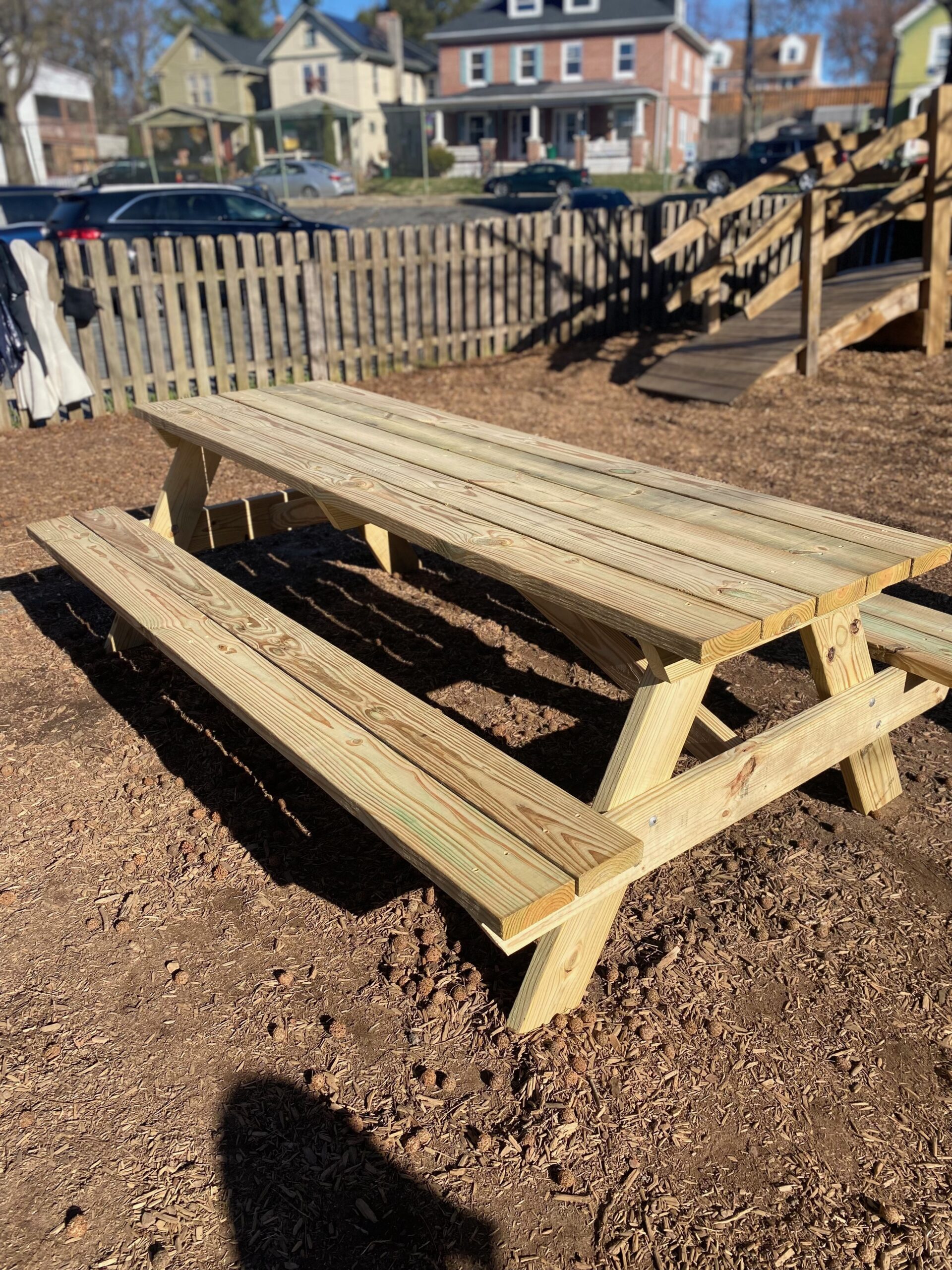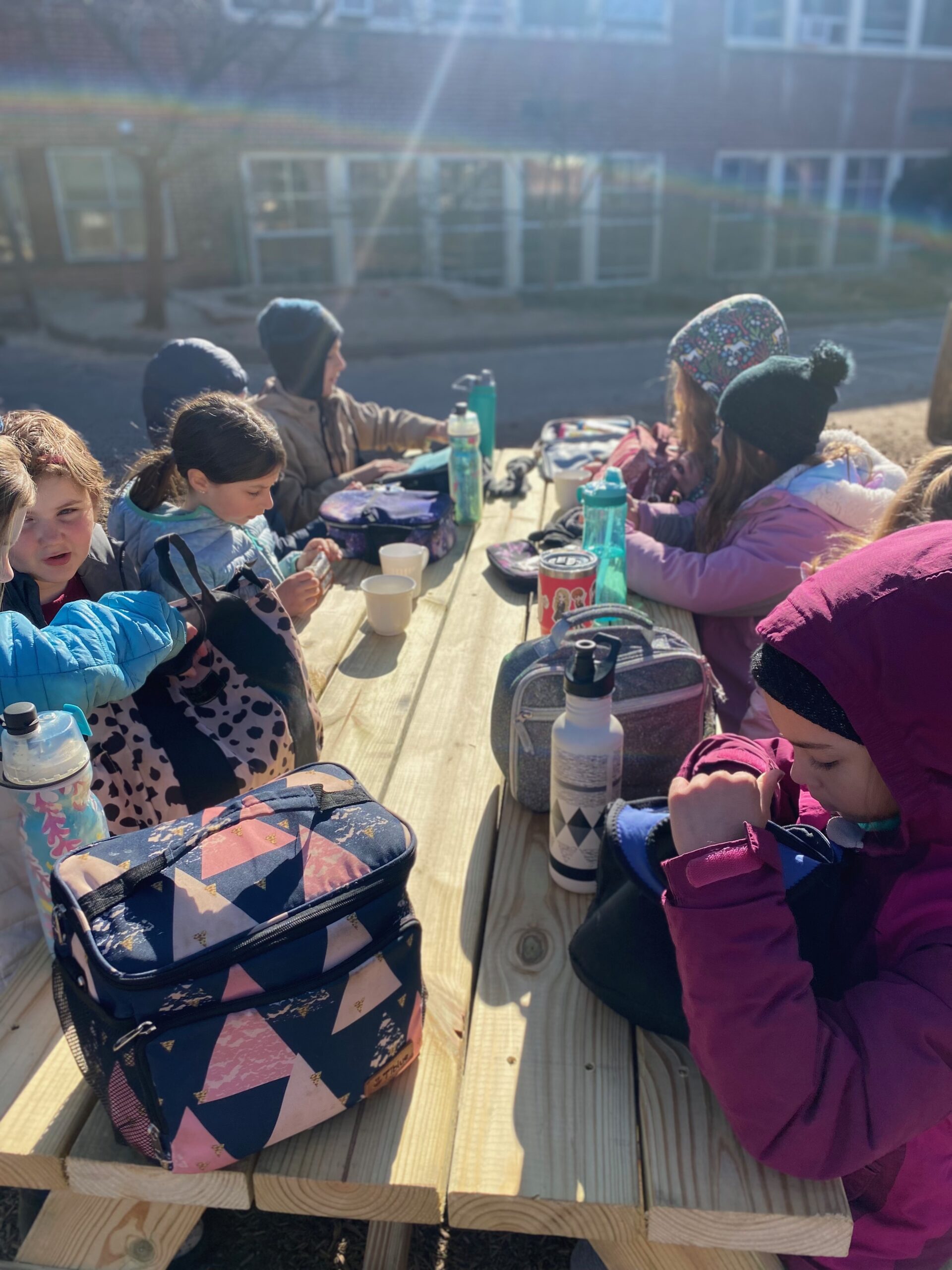Written by 3rd-grade teacher, Mandela Davis.

I am so proud of my students! Third grade is an important year in child development, parental relationships, and students’ understanding of their whole being. As a class 3 teacher it is my job to help parents see the changes in their 9-year-old and to help teach the love of change they are experiencing as a family.
“The change in the children’s self-awareness grows stronger at the age of nine, and you find that they understand much better what you say about the difference between the human being and the world. Before they reach the age of nine, children merge far more thoroughly with the environment than is the case later, when they begin to distinguish themselves from their surroundings. Then you will find that you can begin to talk a little about matters of the soul and that they will not listen with such a lack of understanding as they would have listened earlier. In short, the children’s self-awareness grows deeper and stronger when they reach this age.” – Rudolf Steiner, Founder of Waldorf Education
In Waldorf 3rd-grade classrooms around the world teachers, parents, and caregivers have the opportunity to give the security the children need. Around age 9, give or take, a child sees the world from a whole new perspective. Their beloved childhood of the imagination is changing. The doll in the playhouse is no longer speaking or talking to the other doll. I remember the exact moment around 9 when I was playing in my doll house. I sat down with my imaginary family, and all of a sudden, I looked at my wooden doll figures and they did not speak to me. My father checked on me and said, “Dela it’s time for dinner.” I was so happy I heard a voice I knew. That was the voice of protection and safety.
This is why in Waldorf education the third grade focuses time on building and learning how different cultures live and work with the land. These lessons show security and endless possibilities for the third grader. This year my students and I wanted to build something the school needed and that everyone in the community could benefit from. We decided to build a picnic table! Prior 3rd grade classes have built items such as a bench or a bridge. It’s an opportunity for a child to ask the questions:
“Why are we doing this?”
“Who will it benefit?”
“What does it take to build a large project?”
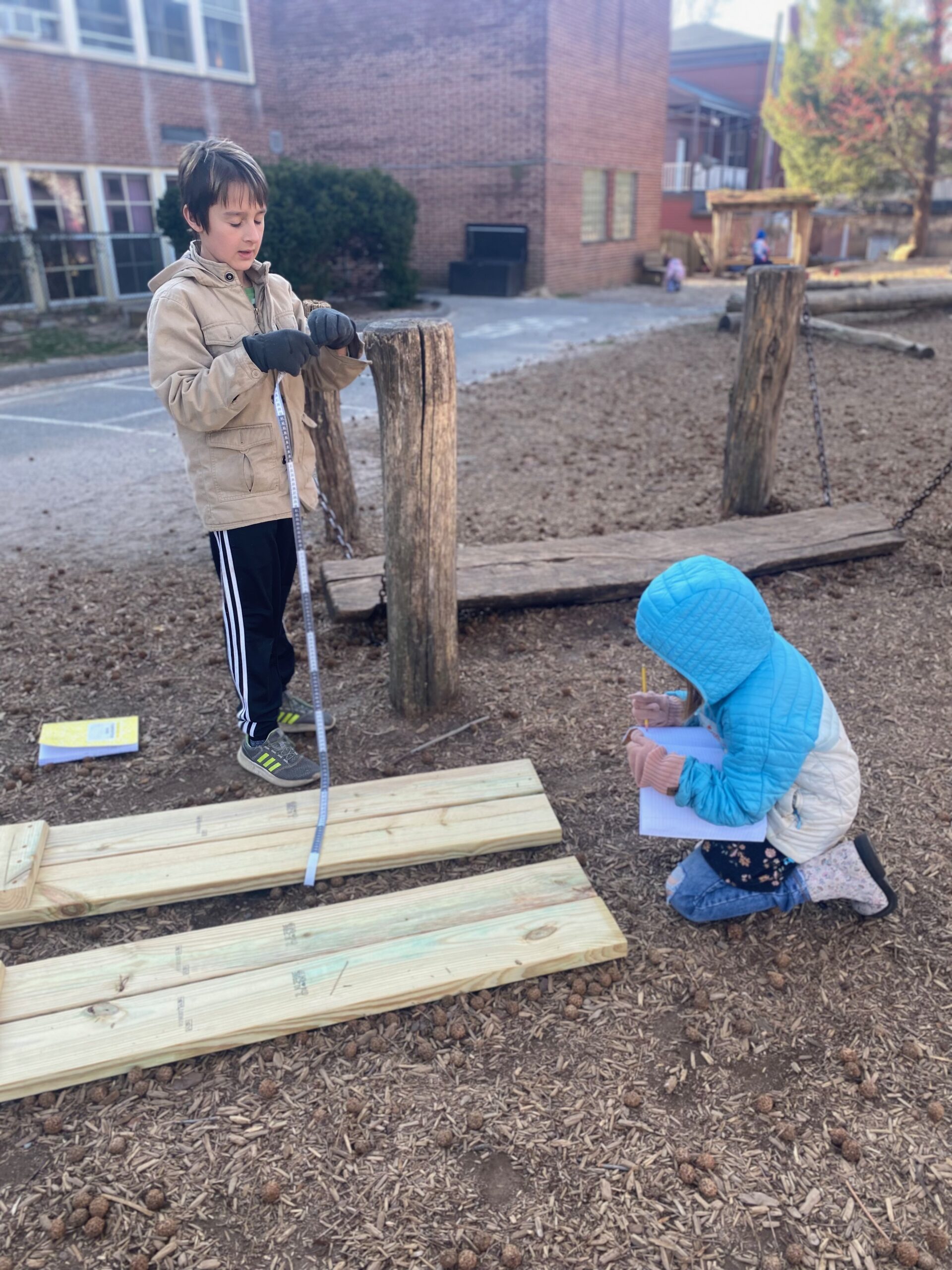
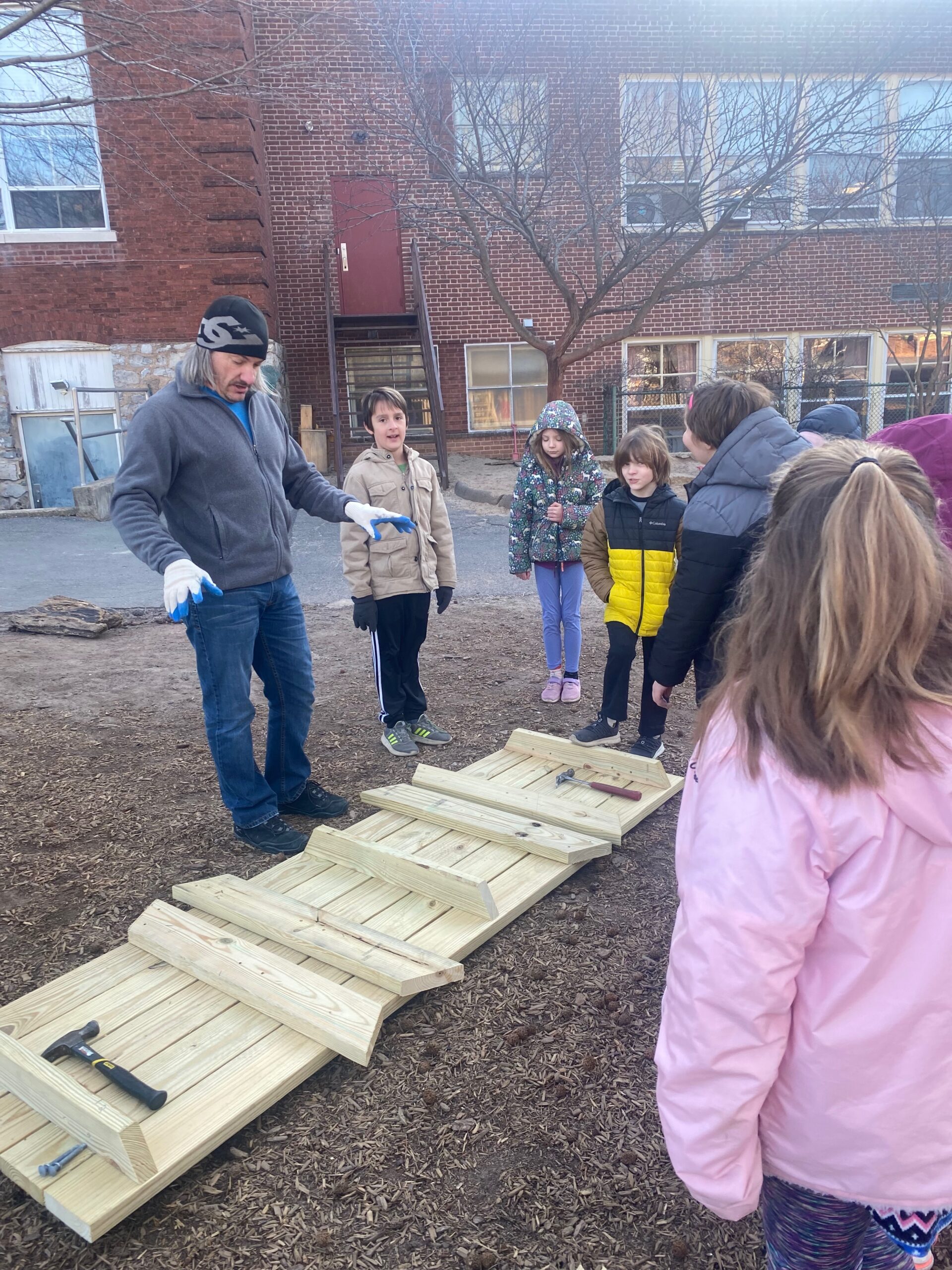
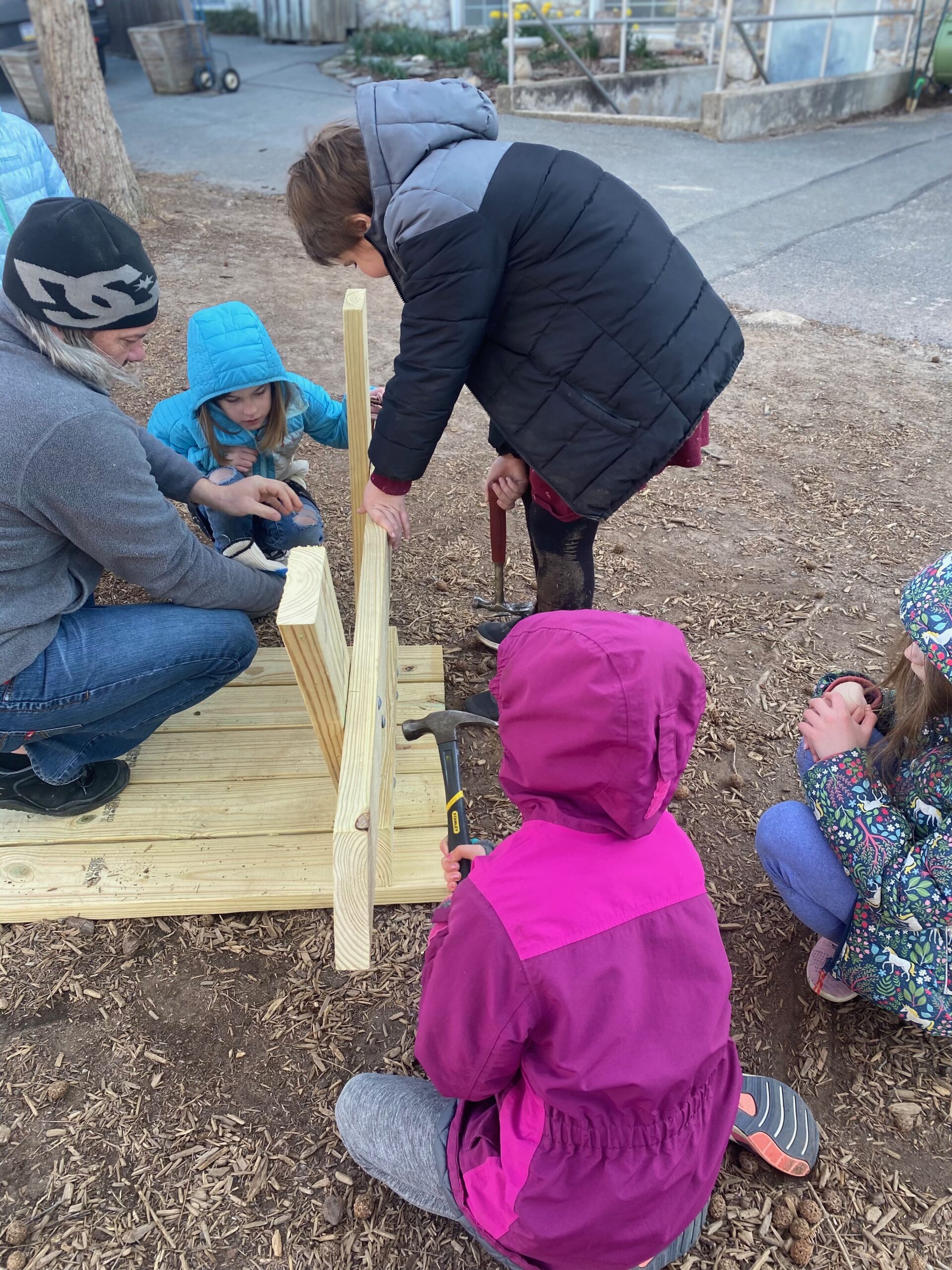
We found building plans and set to work with the help of a class parent! The students drew and measured the dimensions of the table. A wonderful class parent handled the bulk of sawing and measuring. This parent brought the materials to our school and we assembled the picnic table during our morning main lesson time. The students used different kinds of tools and learned the processes of building a project. We utilized our math, listening, and sharing skills as we learned how to work together on a large project.
In the end, my students and I had a great time doing this project. It brought the whole class together in a new special way. A few students said to me, “Mrs. Davis we did it! We created this!” The joy this project brought my students is like no other. Also, it is a wonderful lesson for them to see how they can build something with their hands that will benefit future students and generations to come.
